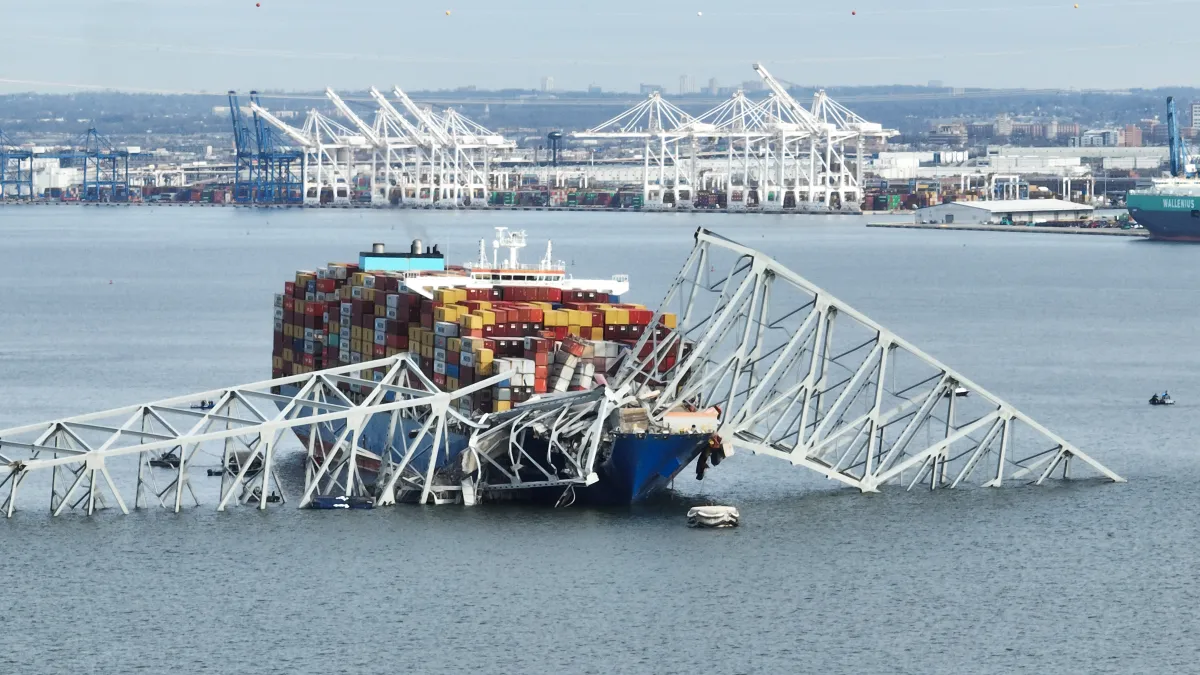
Advertisement
The collapse of Baltimore’s Francis Scott Key Bridge has sent shockwaves through the region, with ripple effects extending to the bustling port—a vital economic lifeline for the city and beyond. As authorities grapple with the aftermath of the tragedy, concerns mount over the implications for maritime activities and the flow of goods through the port.
- Traffic Suspension: The immediate aftermath of the bridge collapse saw the suspension of traffic at the port, disrupting normal operations and posing logistical challenges for shipping companies and stakeholders.
- Container Flow: While the suspension of traffic at the port may initially disrupt container flow, the impact is expected to be mitigated by rerouting shipments to larger ports in the vicinity. However, logistical complexities and potential delays could still result in short-term disruptions.
- Shipping of Vehicles: The Baltimore port serves as a crucial hub for shipping vehicles, handling an impressive volume of car shipments annually. With at least 750,000 vehicles passing through the port in 2023, the collapse threatens to disrupt this essential aspect of maritime trade, potentially leading to delays and logistical hurdles for automotive manufacturers and dealers.
- Coal and Sugar Exports: In addition to car shipments, the port of Baltimore plays a significant role in the export of commodities such as coal and sugar. As the second busiest U.S. port for coal exports in 2023, any disruptions in port operations could reverberate throughout the supply chain, impacting coal producers and consumers alike. Similarly, disruptions in sugar exports could affect global trade dynamics and market stability.
- Economic Ramifications: Beyond the immediate logistical challenges, the bridge collapse poses broader economic implications for the port and the surrounding community. The port of Baltimore serves as a vital economic engine, generating employment opportunities and driving economic growth in the region. Any disruptions in port activities could have far-reaching consequences, affecting businesses, workers, and the local economy.
In light of these challenges, stakeholders are mobilizing efforts to assess the extent of the damage, implement contingency plans, and expedite recovery efforts to minimize disruptions and restore normalcy to port operations. As the community rallies together in the wake of this tragedy, the resilience and determination of Baltimore’s port industry will be put to the test, highlighting the importance of robust infrastructure and emergency preparedness measures in safeguarding maritime trade and economic prosperity.
